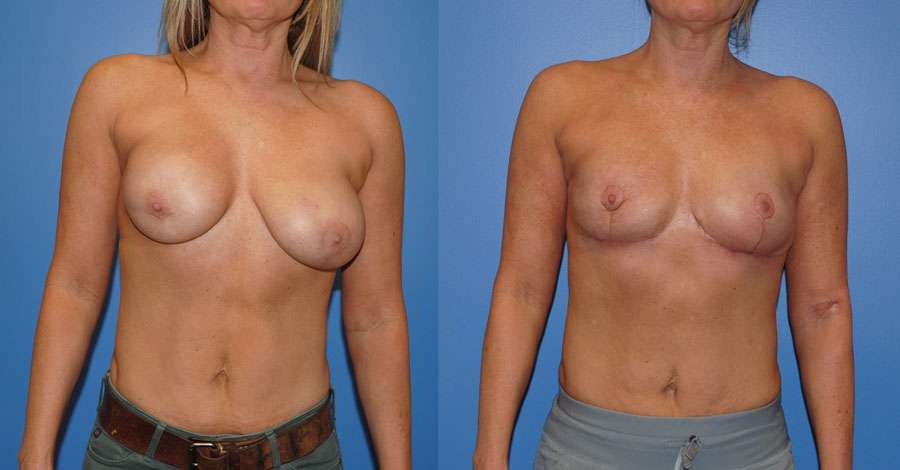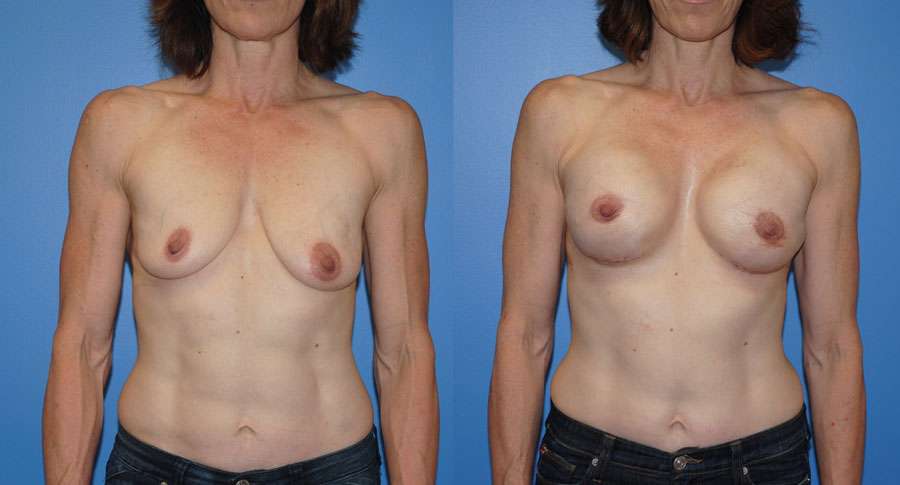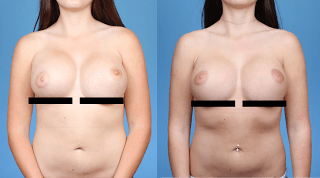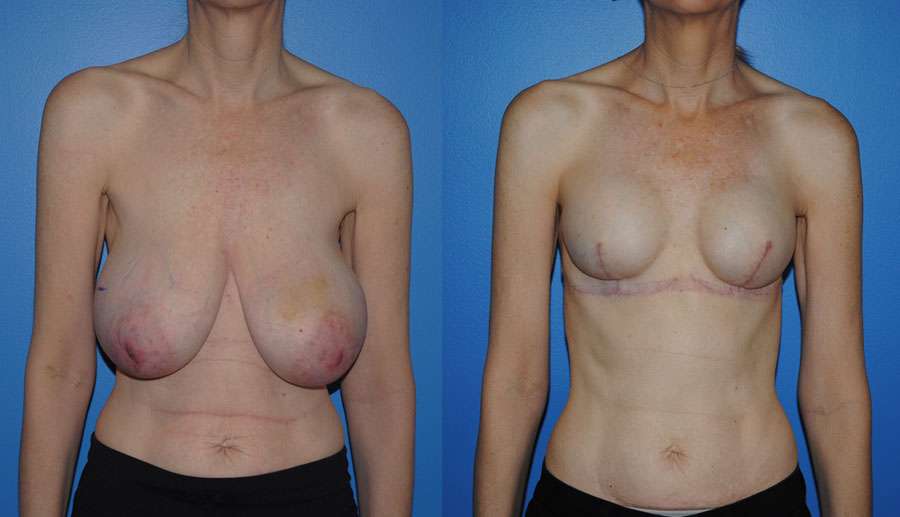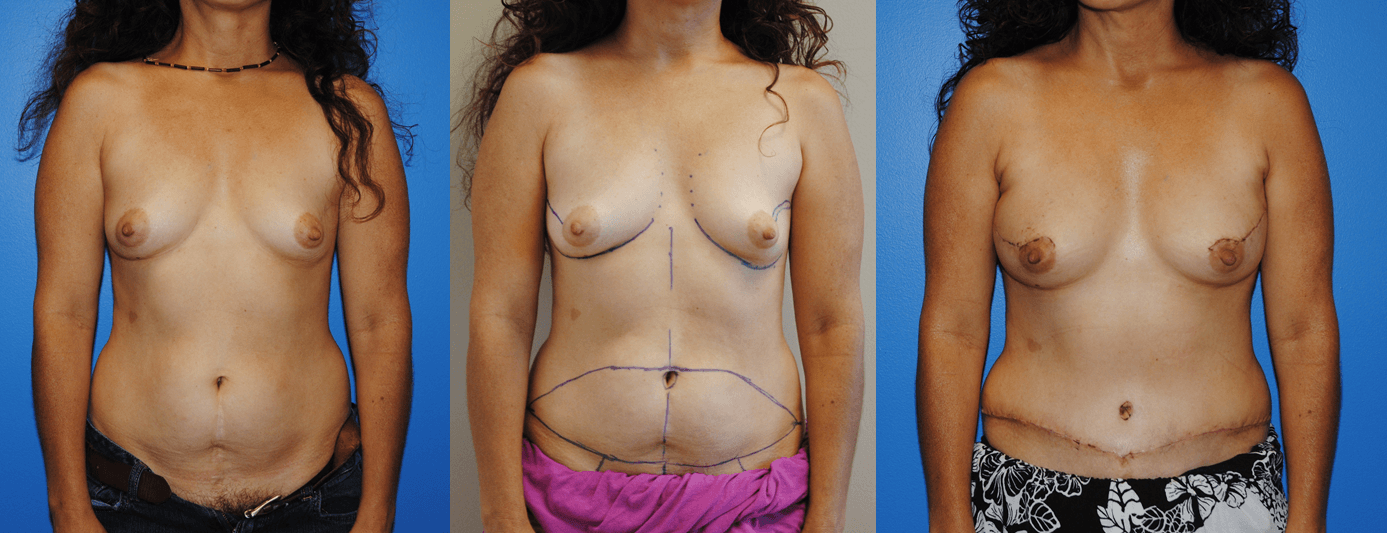Breast reduction surgeries are some of the more satisfying procedures for both the physician and the patient. Ideal candidates for breast reduction include those who experience pain in their neck, back, or shoulders from the weight of their breasts on their chest wall. These patients also have grooving in their trapezius muscles from their bra straps and hypertrophy of their trapezius…


